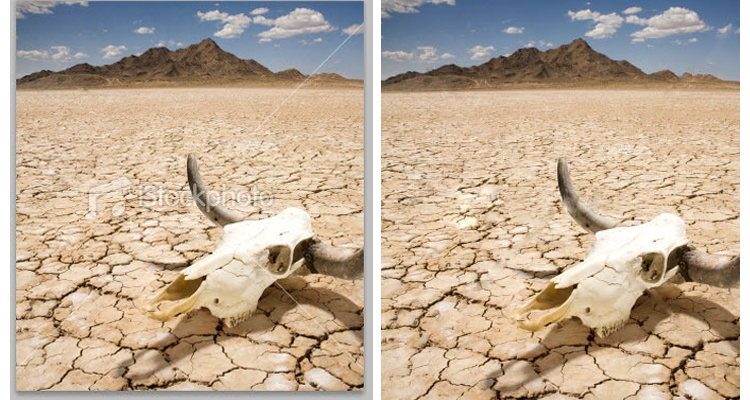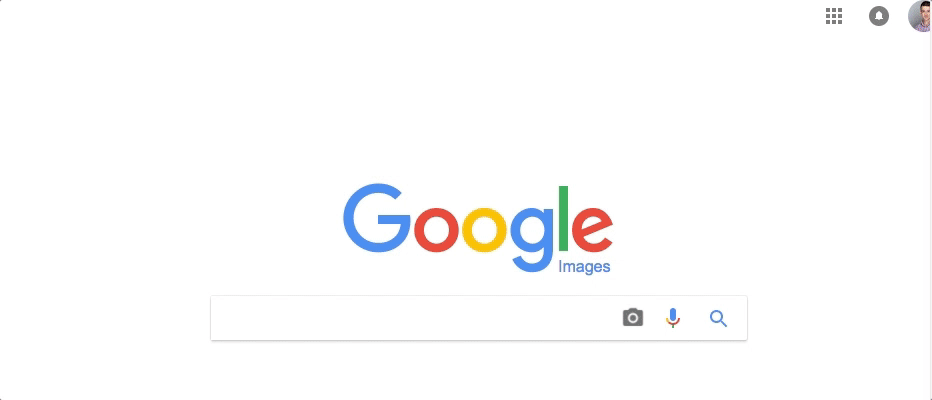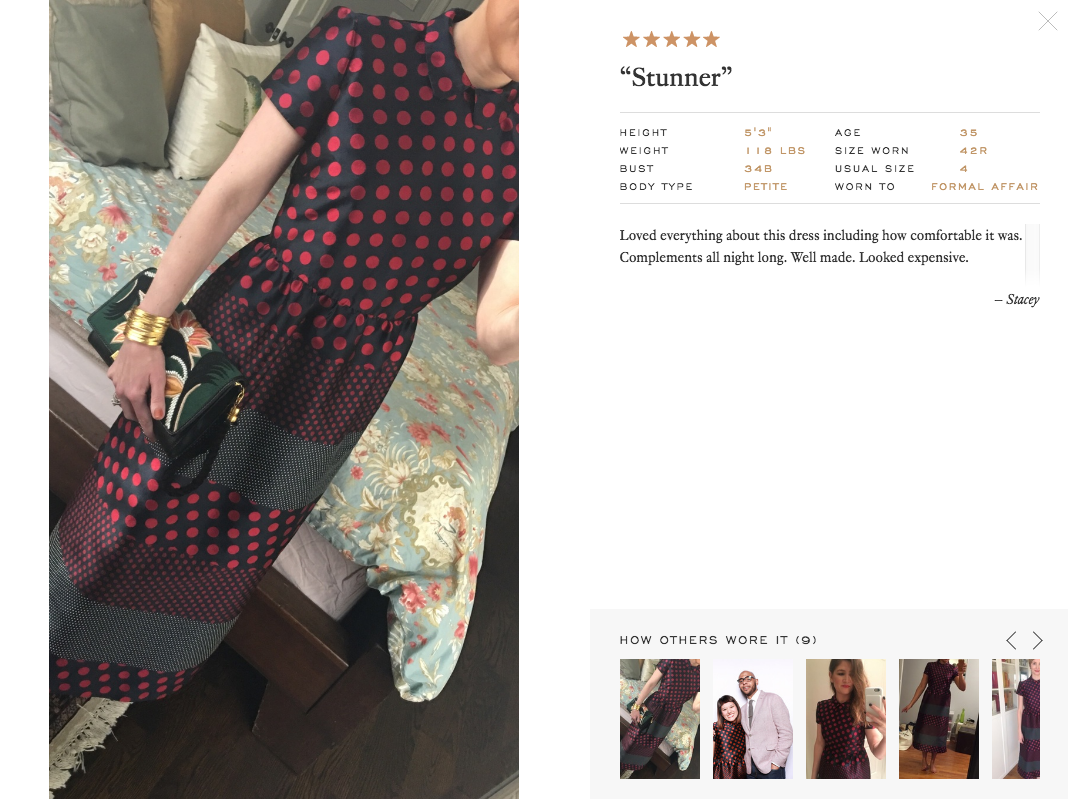At the recent Brisbane Shopify Meetup, a member of the audience asked Pixc founder Holly Cardew how you can still get great product images as a drop shipping business.
He raised a very valid question.
Having your products shipped directly from the supplier to your customer doesn’t mean your product photography is any less important. In fact, it usually means just the opposite.
If you want to convey value and trust when you don’t have as much control over shipping and other aspects of your business, you have to work extra hard on the areas that you can control. Would you buy a product with a watermark or a poor quality product photo? Lackluster product photography is usually one of the first things that give away an inexperienced eCommerce business.
Drop shipping products often means you will have many competitors selling similar products. What better way to stand out from your competition than photography?
But, getting these photos when you don’t have ready access to your products can prove difficult. So here are a few tips to get great product images when drop shipping.
1. Drop shipping a small number of items? Get a sample.
If you’re serious about starting a drop shipping business, then you should talk to your supplier about getting a sample of the product.
Suppliers will often be happy to provide you with a sample of your product at a discounted rate. The initial outlay will be outweighed by the added benefit of having a physical product to reuse in marketing material and other photography.
Having a sample of your product will not only allow you to take higher-converting product photography photos, it will also let you create video ads, email content, and marketing material like banner images.
Test your UI at the same time
Rather than just requesting a sample directly from the manufacturer, you could also use this opportunity to walk in your customer’s shoes – experience what it’s like to purchase from your store from your customer’s perspective. Place the order through your store to make sure all your processes are connected quickly and smoothly, and then see how you can best integrate with your drop shipping provider.
This simple UI test will also help you see how well your store answers the important questions your customers will have, such as:
- How easy is it to order from my eCommerce store?
- What photos would I want to see if I was buying this product?
- How clear are the description and communication?
- Is the product good quality?
- Are the product packaging and shipping speed adequate?
2. Drop shipping multiple items? Test a small batch first
Some drop-shippers list hundreds (or even thousands!) of products on their drop shipping store. The number of products you’re able to sell is definitely one of the biggest benefits to the drop shipping model; you have the ability to scale your business across many different products while requiring comparatively few extra resources.
With a large number of products, however, getting samples for hundreds of products at once might not be practical.
Instead, try starting with samples of just one or two of your most popular products. After you have taken your product photos, you can use the results to see if sales have indeed improved as a result of having better photography.
Before you begin
Make sure you have either:
- A few weeks worth of sales data to compare the new and old products against and account for growth
- A similar product that you can compare results with. Which product do more people click on? Does one convert to sales more than the other? Tools like Hotjar can help you see how people are interacting with these pages to answer these questions. Or
- A tool like Optimizely installed so you can A/B test different products to see if the new photography is working.
After you get your results
You can calculate which products will be worth photographing by factoring in:
- The cost of ordering a sample product
- The cost of photographing the product
- The cost of editing your photos
Using this data, you can calculate how long it will take for the cost of ordering a sample and photographing the product to be offset by extra sales. Then it’s time to experiment. Test different products and categories to find which products are going to have the best return and focus on those first.
But if you really don’t want to or can’t go the sample route, there are other ways to get quality photos for your other drop shipped products.
3. Use supplier images
Often, the quickest way to get product photography for your drop shipping business is to work with the supplier directly.
While having your own product photos will increase conversions and help you stand out better, by working with the supplier, you can quickly get a range of product photos for all of your products, not just the handful you bought samples of.
Here are some tips for using supplier photos when drop shipping:
Start with good quality products
You can usually tell the quality of both the product and the supplier by the quality of the product photography they are using. Products without good photos are going to require extra work to bring the quality up to scratch. Bad photos can also indicate poor product quality and a difficult-to -work-with supplier.
If you’re just starting out with a new product, finding a good quality supplier with readily available images can make things much easier.
Temporarily Remove Watermarks from Images
If your supplier is unable to provide you with unwatermarked images, ask for their permission to use the watermarked ones in the meantime.
There are many tutorials of how to remove watermarks from images using photoshop or GIMP, and professional photo editing services will be also able to remove the mark.
However, the quality of these images will definitely vary. Most customers who spend any amount of time looking at the photo will soon be able to tell that these are previously watermarked images, which will make them second guess your authority and credibility as a seller. Therefore, this is not a great long-term strategy.
But for testing and getting new products up quickly, temporarily removing watermarks can result in ok quality product photographs.
 Source: InstantFundas
Source: InstantFundas
4. Look for other sources
If you don’t have access to a sample or supplier images, there are other ways you can get great drop shipping photos.
View the Unwatermarked Image with Chrome Inspector Tools
Many drop shipping sites might only have watermarked images available, but by using the chrome inspector tools, you can view the unwatermarked image. One way to do this using Google Chrome is to:
- Right-click anywhere on the page
- Select ‘inspect’
- Switch over to the ‘network’ tab
- Reload the page
- Sort by type to make finding your image easier
- Right-click on the image and open it in a new tab to save.

Reverse image search
Another tip is to use reverse image search to find other websites using a similar product.
Reverse image search allows you to search for images by providing a similar image, either through a service like Tineye or directly in Google Images.

Often, when doing a reverse image search, you might find higher quality versions of the image or another store selling a similar product. The cost of licensing this photo from them might be cheaper and quicker than purchasing a sample.
5. Use crowdsourced photography
Here’s a particularly creative way you can get images for your drop shipping products that can also increase your conversions: Incentivize your first few customers to provide photo reviews of their purchase!
Dropshipping strategies often include using paid promotions and Facebook ads to drive early sales, so this is a way to make sure you are getting the most out of every ad dollar spent.
Aside from collecting product photography much faster than if trying to do it all in-house, this strategy can have numerous other benefits.
Review software company Yotpo states that casual style photos from customers can actually increase user conversions by up to 25%! They give customers a better way to showcase the features that were important to them.
User-generated photos create a more engaging conversation around your product and help potential customers picture it as their own.
Rent the Runway have adopted this approach across their wardrobe-for-hire website. They ask customers to provide
- photos of themselves wearing the clothes they rented,
- photos of where they wore the clothes, and
- some feedback and their dimensions so people know what it will look like on them.

Source: Rent The Runway
This type of approach would be well suited for a t-shirt or clothing drop shipped business.
Dropshipping is a growing way for eCommerce entrepreneurs to create a business rapidly without needing to invest in their resources in costly warehousing and fulfillment services. On-demand printing capabilities and access to new drop shipping suppliers make it an exciting time to be a drop-shipper.
But… the ease of access to suppliers means you’re also facing tough competition from people selling similar products. To create a sustainable, successful drop shipping business, you need to differentiate yourself. Product photography is one of the best ways you can do so.








